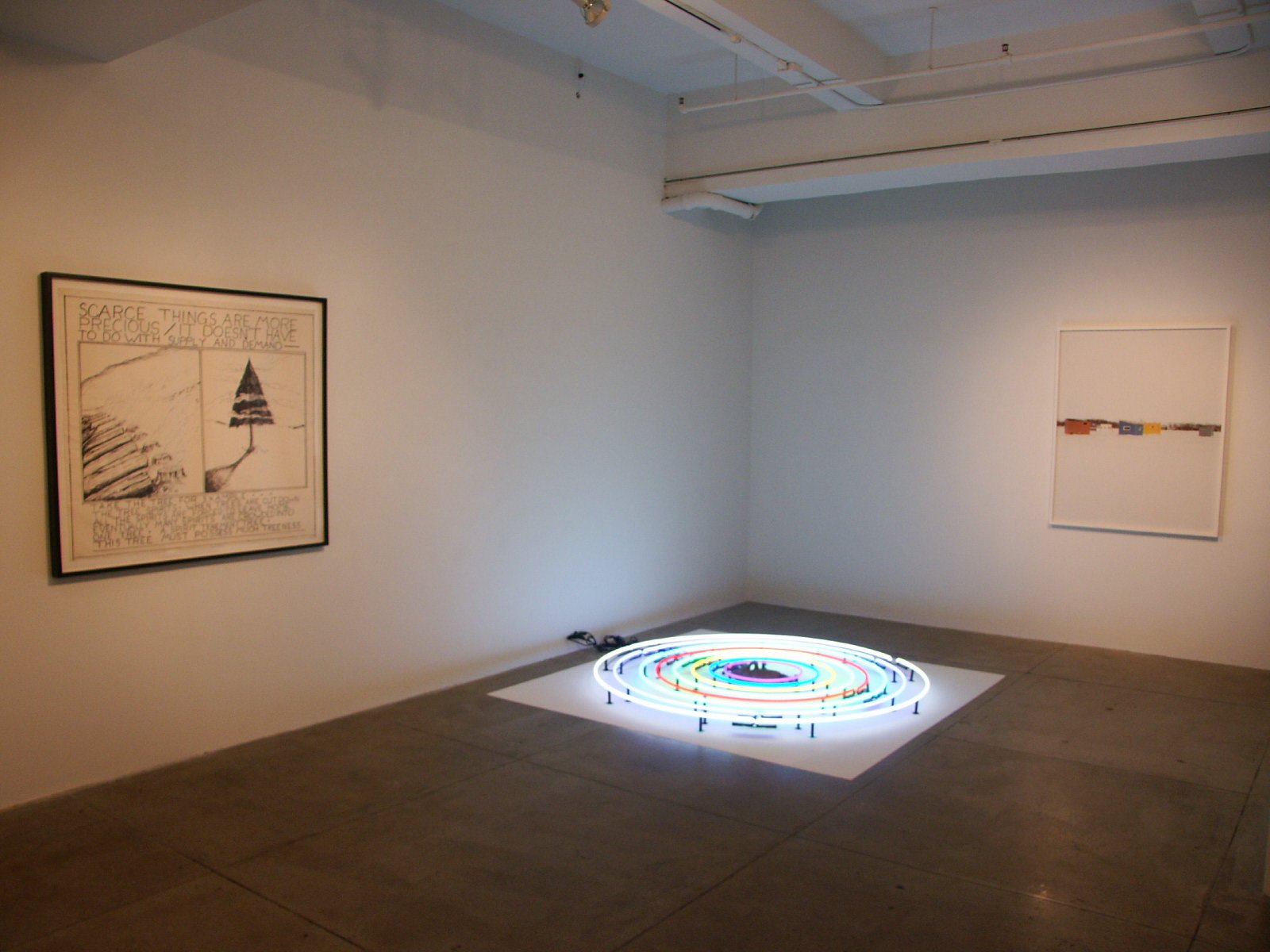Refugees of Group Selection
Works by Larry Clark, Jason Fox, Mike Kelley, Terence Koh, Catherine Opie, Peter Saul, and Jim Shaw
20 West 57 Street. September 18—November 3
Franklin Parrasch Gallery is pleased to present Refugees of Group Selection, the first in a series of exhibitions dedicated to evolution-related themes and issues. Works by Larry Clark, Jason Fox, Mike Kelley, Terence Koh, Catherine Opie, Peter Saul, and Jim Shaw reflect observations derived from, or in deference to, the group selection theory of evolution. The theory of group selection, originally posed by Russian anarchist Peter Kropotkin in his 1902 publication Mutual Aid, served to counter the prevailing scientific, political and cultural interpretations of Charles Darwin’s “struggle for existence“ detailed in The Origin of Species (1859).
Refugees of Group Selection does not attempt to contribute to, or affect any scientific positions. Rather, the show reflects upon how artists choose to deal with their own perceptions of physical, behavioral, and spiritual development in life forms. The seven artists represented in the exhibition deftly explore themes of altruism, interdependence, and spiritual fusion in relationship to behavioral selection. As a result, each work presents concepts relative to the ways in which species are understood to survive.
In a 1979 text/image drawing by Mike Kelley entitled Tree Spirit (from the Parasite Lily) the artist admonishes that scarcity invokes preciosity as “Spirits” from the chopped trees illustrated on the left side of the drawing are “forced to leave home” to enter the surviving tree illustrated on the right. “Eventually many spirits are crowded into one tree,” the text continues, implying that the survival of all trees is maintained in the “tenement tree” because of, not in spite of, the spirits of lost species members.
Terence Koh’s recent work My Little Cochina (2007) uses concentric floor-mounted neon rings to surround a 200 BC clay funerary warrior figure deliberately broken by the artist (“with his power, guilt and no remorse”). While symbolically violating the acts of preservation by subsequent cultures, the artist establishes a posthumous collaboration with the object’s creator.
Catherine Opie’s Icehouse series observes the lifestyle and aesthetic choices of a near cult-like population of Minnesota ice fishermen in Untitled #1 (2001). The aesthetic congruity of this temporarily off-the-grid subculture is achieved in no small part through their mutual need to stay warm and catch fish – survival through reliance upon other members of this isolated community.
Similarly, photographer Larry Clark responds to the poetic and dramatic situations through which the subjects in his Teenage Lust series (1972) have established patterns of group identity.
Peter Saul’s painting Birdwatcher (2007) and Jim Shaw’s Distorted Face drawings from 1978 establish patterns of form through morphed and re-configured imagery. Both artists maintain subconscious visions of “horror film” portrayals and potential perversities within human development.
A white afro-wigged, karate-chopping stick figure sculpture by Jason Fox, Peaceful Warrior (2004), relays similar issues of perversity in evolution while acknowledging the warrior’s vulnerability to his own moral conflicts when aggression is linked with survival. In this sense Kropotkin’s social ideals are directly at odds with Darwin’s amoral decree of natural selection.
For these artists, the recognition that altruism is an inevitable and necessary component of survival and progress plays an essential role in their aesthetic development. The ways in which artists observe the phenomenon of evolution in no small part molds their vision of the forces they represent within that process.
















